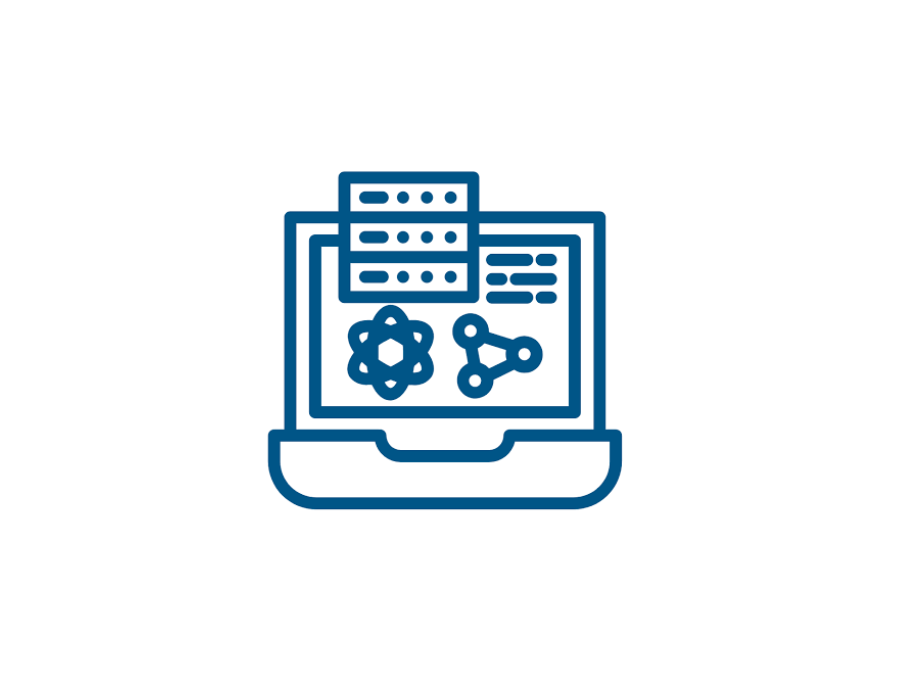Lakshmi Mittra, SVP & Head, Clover Academy
Owing to the rapid advancements in technology and the evolving needs and expectations of customers, digital transformation has become a necessity for businesses. It not only enables them to optimize their operations and enhance efficiency but also deliver personalized experiences to customers.
However, there are certain pre-requisite of a successful digital transformation exercise such as strategic planning, leadership commitment, technological integration, organizational alignment, and Data Literacy.
In today’s rapidly evolving digital landscape, data is being generated at an unprecedented rate, making it a valuable asset for decision-making and innovation. Data literacy enables individuals to understand, interpret, and derive insights from data, allowing them to make informed choices and drive strategic initiatives.
Here’s how data literacy benefits organizations:
Allows for informed decision-making – Data-literate individuals have the ability to analyze and interpret data effectively. They are better equipped at making data-driven decisions, rather than relying solely on experience, assumptions, or intuitions. Informed decision-making benefits all business functions such as marketing, operations, finance, and strategy.
Enables to deliver better customer experience – Data literacy helps in mapping the customer journey across various touchpoints and channels. By analyzing data at each stage of the customer journey, organizations can understand the customer’s interactions, pain points, and opportunities for improvement. This knowledge allows organizations to optimize the customer experience and ensure a seamless and satisfying journey.
Facilitates enhanced operational efficiency – Data-literate employees are equipped to identify inefficiencies and bottlenecks in processes. They can identify areas for improvement, optimize workflows, and streamline operations, leading to increased efficiency and cost savings.
Enables effective problem solving – Data-literate individuals possess the skills to identify patterns, trends, and correlations in data. They can uncover insights and identify root causes of problems, enabling organizations to address issues proactively and implement targeted solutions.
How to achieve data literacy:
- Assess the current level of data literacy – For organizations that want to prioritize data literacy, the first step is to assess the current level of data knowledge across functions. This would enable them to get a better idea of what they want to achieve.
- Develop goals and objectives – The next step is to finalize goals and objectives based on the current and desired levels of data literacy.
- Invest in training – Create a data literacy program that provides essential tools and training organization-wide. Ensure that employees have the tools and training they need to reach the desired level of data literacy for their job.
- Allow opportunities for employees to use their skills – Employees must be provided with real-world opportunities to put their new skills to work.
Overall, data literacy empowers organizations to unlock the real value of their data, make informed decisions, drive innovation, and stay competitive in today’s data-driven business landscape.






